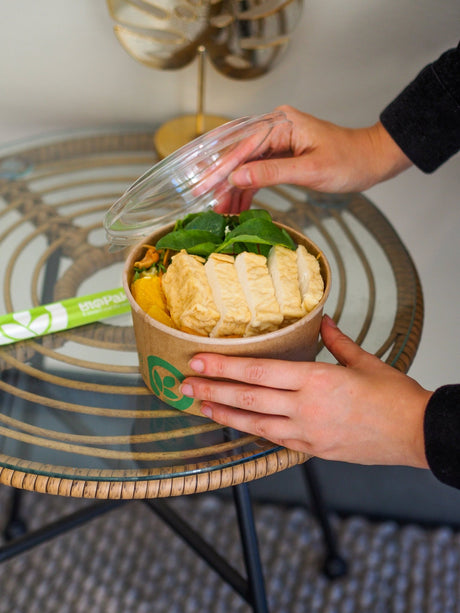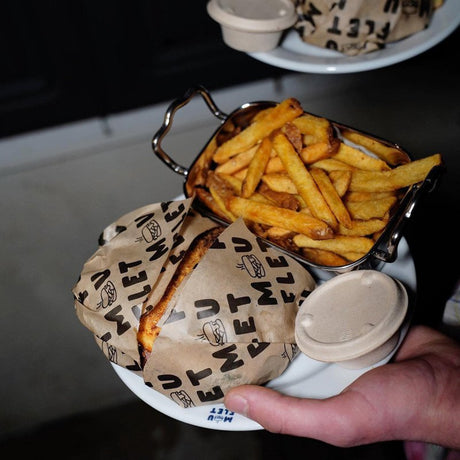Frequently asked questions about our disposable bowls.
Sustainability
What exactly is bagasse?
What exactly is bagasse?
Bagasse is the fibrous residue left over after sugarcane or sorghum stalks are crushed to extract the juice. It’s primarily made up of cellulose and hemicellulose, and it’s often seen as a byproduct in sugar production. In addition to its use in making paper, cardboard, and other products, bagasse is also used as a biofuel in many sugar mills to generate energy. It’s considered an eco-friendly material because it’s renewable and biodegradable. You’ll often see it used in products like biodegradable plates and containers.
Why is bagasse used to produce disposable plates and bowls?
Why is bagasse used to produce disposable plates and bowls?
Bagasse has become increasingly popular in the takeaway packaging industry because it’s a sustainable alternative to traditional plastic or Styrofoam. It's a great choice for things like takeaway boxes, plates, and even trays because it’s sturdy, compostable, and doesn't release harmful chemicals when heated (unlike some plastics). Plus, it’s biodegradable, meaning it breaks down naturally over time instead of sitting in landfills for centuries.
Durability
Are these disposable bowls suitable for hot and wet foods?
Are these disposable bowls suitable for hot and wet foods?
Yes, bagasse bowls are generally suitable for both hot and wet foods! They’re quite sturdy and can handle temperatures up to around 200°F (93°C), making them a good option for hot dishes. The material is also resistant to grease and moisture, which means you won’t have to worry about them getting soggy or losing their shape when holding wet foods like soups, stews, or saucy dishes.






